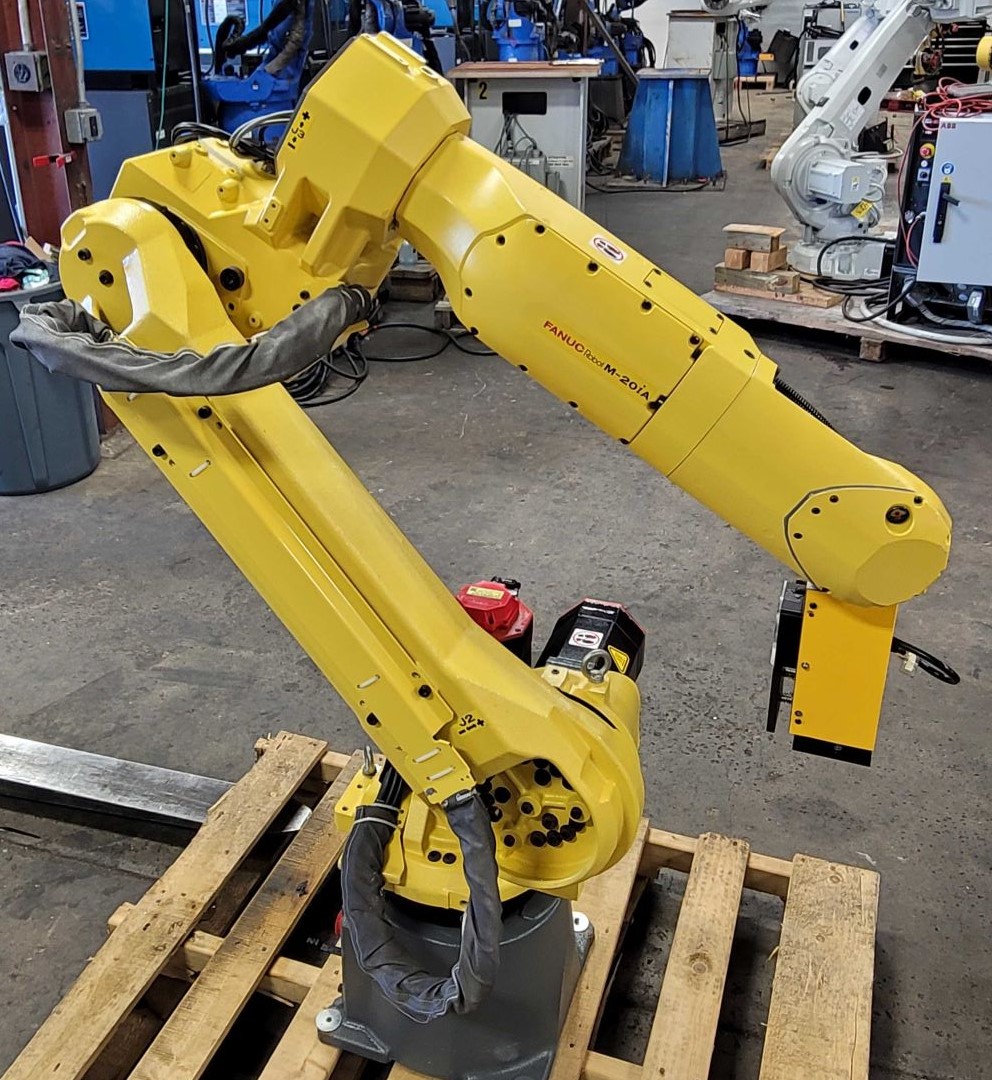Considerations for Material Handling Automation





When it comes to automating manufacturing with industrial robots some of the first to be automated are those involved with material handling. Material handling applications are often repetitive, labor intensive, and dull making them some of the least desirable jobs for workers. However, for handling robots they are ideal which is why many companies are placing the Yaskawa Motoman MH12 and other material handling robots on their production floors.
Why Automate Material Handling
- 1. Create a Safer Work Environment - Automating material handling processes will improve the ergonomics of a factory, creating a safer space for workers. Robots can lift heavier loads than humans and repeat movements without the risk of injury or tiring. With manual material handling injuries and accidents are common. Automating material handling with the FANUC R-2000ib/165F significantly reduces factory accidents and injuries.
- 2. Improve Productivity - Automating material handling will improve productivity. Factory robots can move materials at faster rates and run for long periods of time. Robots do not get distracted or require breaks allowing operations to run continuously for greater productivity.
- 3. Lower Costs - Automating material handling with robots will lower production costs including those for labor, materials, and utilities. Lower costs will allow companies to achieve a greater cash flow for their operations.
- 4. Mitigate Errors - Manual material handling can be error prone causing parts to become damaged or lost. Material handling errors can also cause compliance issues. Articulated robots are programmed to follow application instructions. They never deviate from the application path and can replicate every step, preventing errors from occurring.
- 5. Greater Manufacturing Capabilities - Industrial robot arms are incredibly versatile. The ABB 2600-20 can automate multiple material handling processes. When changes occur, six axis robots can be quickly reprogrammed to adapt to such changes. Manufacturers have greater capability to meet increased consumer demands, product changes, or process changes with limited downtime to their operations.
Choosing the Right Material Handling Robot
- • Workpieces - The types of workpieces your material handling robot will be working with will be a big factor in selecting a robot. The shape, size, material type, and durability of the workpieces should be considered. Large workpieces will likely require a heavier payload robot like the FANUC M-900ia/260L. While small, delicate workpieces would need to be handled by the FANUC Lr Mate 200ic or another low payload robot. Considering the types of workpieces is important to ensure they are safely handled.
- • Workspace - It is also important to consider the workspace your robotic manipulator will be operating in. If the space is narrow with additional equipment, a robot manipulator with a slimmer footprint will be needed. While larger workspaces may require an extended arm robot or a robot with a track system.
- • Special Requirements - If your material handling application has any special requirements those should also be considered when selecting a robot. These may include high speeds, overhead mounting, or clean room requirements.
Now that you have an understanding of why material handling should be automated the next step to consider is choosing a material handling robot. The material handling robot you select will be determined by the workpieces involved with your application, the workspace, and any special requirements for the application.
Robots Done Right is the place to start when it comes to used robots. Contact us if you are interested in buying or selling a used robot.
